ESRS E4 Biodiversity and ecosystems
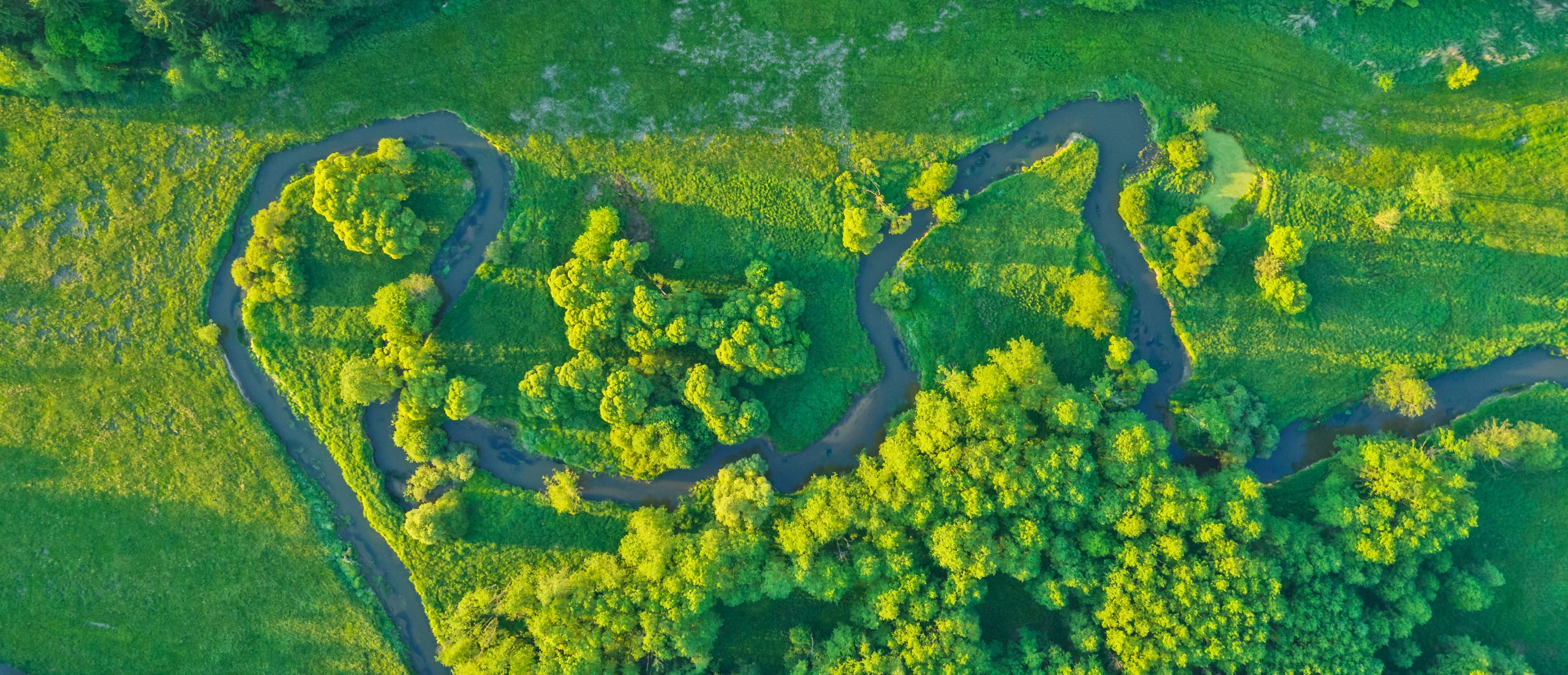
Material impacts, risks and opportunities and their interaction with strategy and business model
Significant locations of the Enea Group that may affect biodiversity and ecosystems are:
conducts its activities in the vicinity of protected areas, including the Uściwierskie Lakes and Polesie Natura 2000 sites, the Łęczyńskie Lakeland Landscape Park, the Polesie Protected Landscape Area, and the Chełm Protected Landscape Area. These areas are mostly terrestrial and freshwater ecosystems that require protection of habitats, species and landscapes. The company’s operations do not directly affect the unique surroundings, and most of the mining damage resulting from the formation of subsidence basins affects agricultural land. These, in turn, are monitored on an ongoing basis and then reclaimed.
conducts manufacturing activities in protected areas, including the Drawa National Park, the Koronowo Lagoon Protected Landscape Area, Wdecki Landscape Park, Natura 2000 Area of the Rega River Basin and Ostoja Pilska and the Protected Landscape Area of the Wałcz Lake District and the Gwda Valley. These areas were created thanks to the lakes formed as a result of damming for energy purposes. The operation of the power plant does not pose a threat to the protected species in these areas. The Water Management Plans, as a supplementary measure to achieve the environmental objectives set for specific rivers, have introduced the restoration of morphological continuity (mainly for diadromous fish), which has been interrupted as a result of damming the water at the weirs.
neighboring a Natura 2000 area in the municipality of Kozienice, it is located in an area of significant importance for biodiversity. Aware of its impact on the environment and out of concern for the surrounding nature and protected areas, the power plant has been conducting environmental monitoring on its premises and in the surrounding area for many years. Environmental monitoring in previous years and currently does not confirm any negative impact of the Power Plant on the surrounding areas, including the Natura 2000 area. For several years (since 2020), the company has been cooperating with the Stanisław Sakowicz Institute of Inland Fisheries – National Research Institute in Olsztyn, which conducts regular research on the impact of the power unit’s cooling system on the ichthyofauna of the Vistula. The results of the research do not provide clear evidence that the water intake for cooling purposes at the Kozienice Power Plant poses a direct threat to any protected fish species.
the power lines operated by the company cover approx. ¼ of the area of Poland (Wielkopolskie, Zachodniopomorskie, Kujawsko-Pomorskie, Lubuskie voivodships and a small part of Dolnośląskie and Pomorskie voivodships). They run through certain nature conservation areas, such as national parks (Drawieński National Park with its buffer zone, Bory Tucholskie National Park with its buffer zone, Wielkopolski National Park with its buffer zone, Drawieński National Park, Woliński National Park with its buffer zone and the buffer zone of the Ujście Warty National Park), landscape parks, nature reserves, Natura 2000 areas and protected landscape areas. These areas require special protection for wild birds and other animals and rare plant species.
In the process of analyzing double materiality, the Enea Group identified a direct, tangible and negative impact related to the dependence on ecosystem services. This dependence consists in the availability of water in rivers to be able to produce energy in the Kozienice and Połaniec power plants and 21 hydroelectric power plants. This impact is also associated with the identified risk of dependence of the Enea Group’s business on the availability and quality of water for production or cooling of power plants, which may contribute to a decrease in the efficiency of Enea Group’s operations, and the risk of financial penalties and disputes with NGOs. Both the identified impact and risks were considered moderately significant and did not make it to the final list of impacts, risks and opportunities.
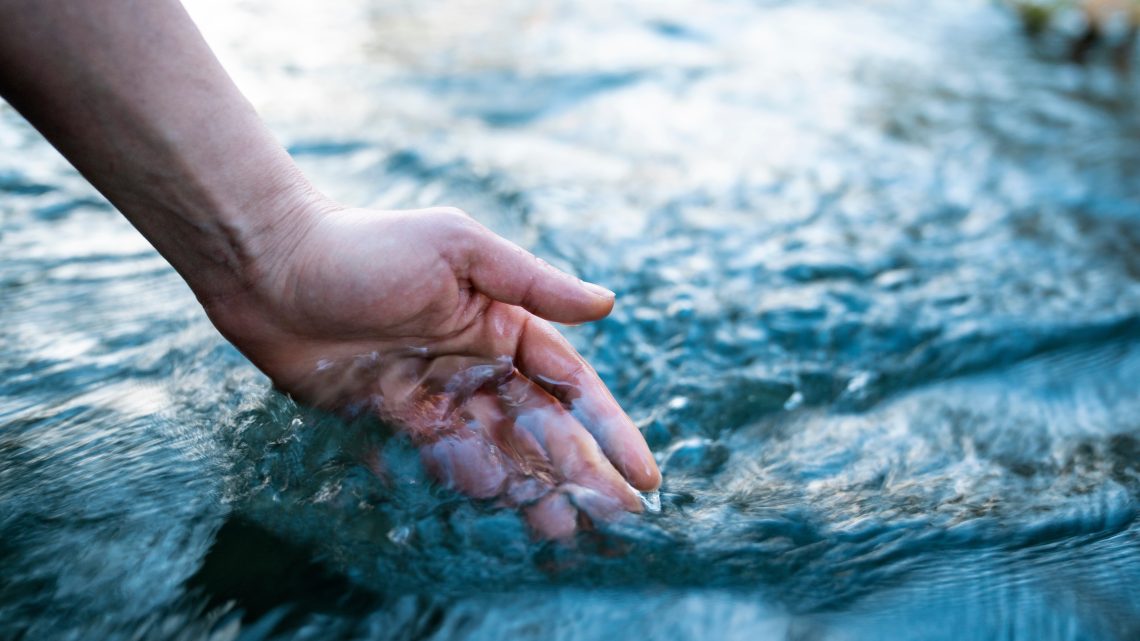
In the process of double materiality analysis, the Enea Group did not identify any significant negative impact with regard to land degradation, desertification or soil sealing. Regarding the impact of its own operations on endangered species, the Group identified a significant impact related to the use of open cooling systems at the Kozienice and Połaniec Power Plants.
Transition plan and consideration of biodiversity and ecosystems in strategy and business model
The Enea Group affects biodiversity and ecosystems in various ways, including:
- Generation of energy from conventional sources and the significant CO₂ emissions from this activity contribute to climate change. According to scientific research, the consequences of these changes threaten more than 4,000 species worldwide.
- dams on rivers, e.g. the weirs used in hydroelectric power plants, which are a serious obstacle for aquatic organisms,
- cutting down trees in places where power lines are routed,
- increased salinity of rivers associated with coal mining by LW Bogdanka S.A.,
- potential land subsidence as a result of underground coal mining and related damage to ecosystems.
The Enea Group has not evaluated the resilience of its current business model and strategy to physical, transition and systemic risks related to biodiversity and ecosystems.
Material topic: Biodiversity
E4-2 – Policies related to biodiversity and ecosystems
The Enea Group has not adopted a policy related to biodiversity and ecosystems. The Group has not adopted an adequate policy because it has not yet identified the need to adopt such a policy at the Group level; its companies, apart from the activities described in subsection E3 “Water and marine resources,” have not taken any specific actions in the area of biodiversity and ecosystems. In 2025, the Group began working on comprehensive policies regarding natural resource management, biodiversity, occupational health and safety, and health, which it intends to finalize by the end of 2025.
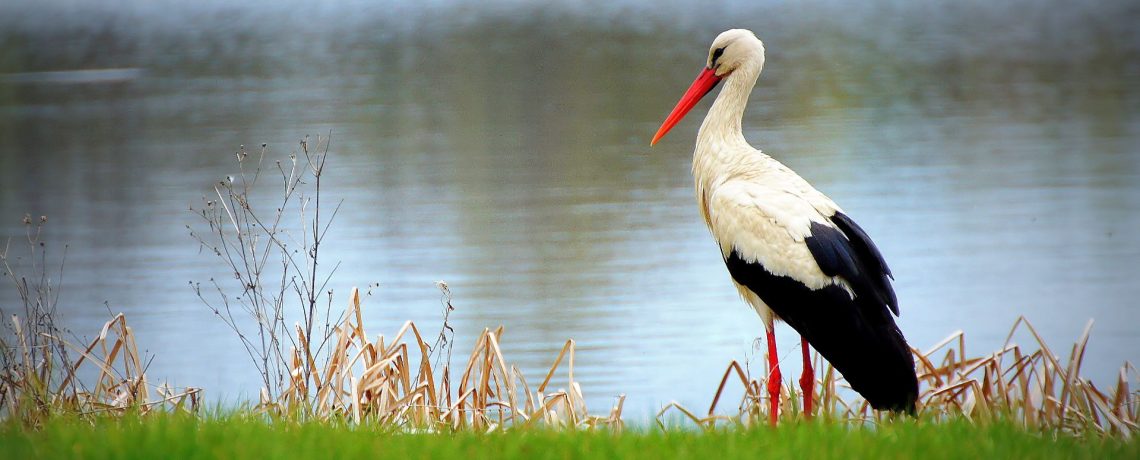
E4-3 – Actions and resources related to biodiversity and ecosystems
During the reporting period, the Enea Group did not take any actions to compensate for the loss of biodiversity, nor did it include local knowledge, knowledge of indigenous peoples, or nature-based solutions in the actions it did take.
In the reporting period, the Enea Group did not incur any considerable operating expenses (OpEx) or capital expenditures (CapEx) on measures in the area of water and marine resources. In this context, “considerable” should be construed as expenses or expenditures above PLN 50 million.
E4-4 – Targets related to biodiversity and ecosystems
The Enea Group has not adopted biodiversity and ecosystem-related targets, because the Group has not yet identified the need to adopt such targets. In connection with the impacts, risks and opportunities identified in the Double Materiality Analysis process regarding biodiversity and ecosystems, the Group intends to adopt objectives concerning biodiversity and ecosystems in the ESG Strategy currently being developed. Enea Nowa Energia is required under the Water Framework Directive and the second update of the Water Management Plans to restore the morphological continuity of rivers and intends to adopt targets in this area once the development of alternative analyses has been completed.
E4-5 – Impact metrics related to biodiversity and ecosystems
The Enea Group has identified 4 locations in or near biodiversity-sensitive areas that are negatively impacted by the company. These are areas where the infrastructure of LW Bogdanka S.A. is located (the mining areas where mining activities are carried out cover 161,410 ha), Enea Nowa Energia (the area of land used is 265 ha), Enea Wytwarzanie (the area of land near protected areas is 558.7 ha) and Enea Operator (the area of land which occupy distribution lines in protected areas is 2,305 ha for high voltage and 8,480 ha for medium voltage lines)¹.
Enea Nowa Energia intends to monitor the effectiveness of existing fish ladders, which will also include quantitative and species-based measurements of ichthyofauna and other aquatic organisms below and above the power plant.
¹ Enea Operator is not in possession of actual data on the length of lines in protected areas. The company intends to collect information and publish actual data starting next year. The data presented were estimated based on information about the length of high and medium voltage lines, the average width of the easement strip, which is generally equal to the felling strip, assuming that 32.6% of the lines are located in protected areas. Statistics Poland The assumption is in line with the information on the area of Poland under protection (Statistics Poland data from 2018). Low-voltage lines were not taken into account in the estimation of the line area, because they run through built-up areas.
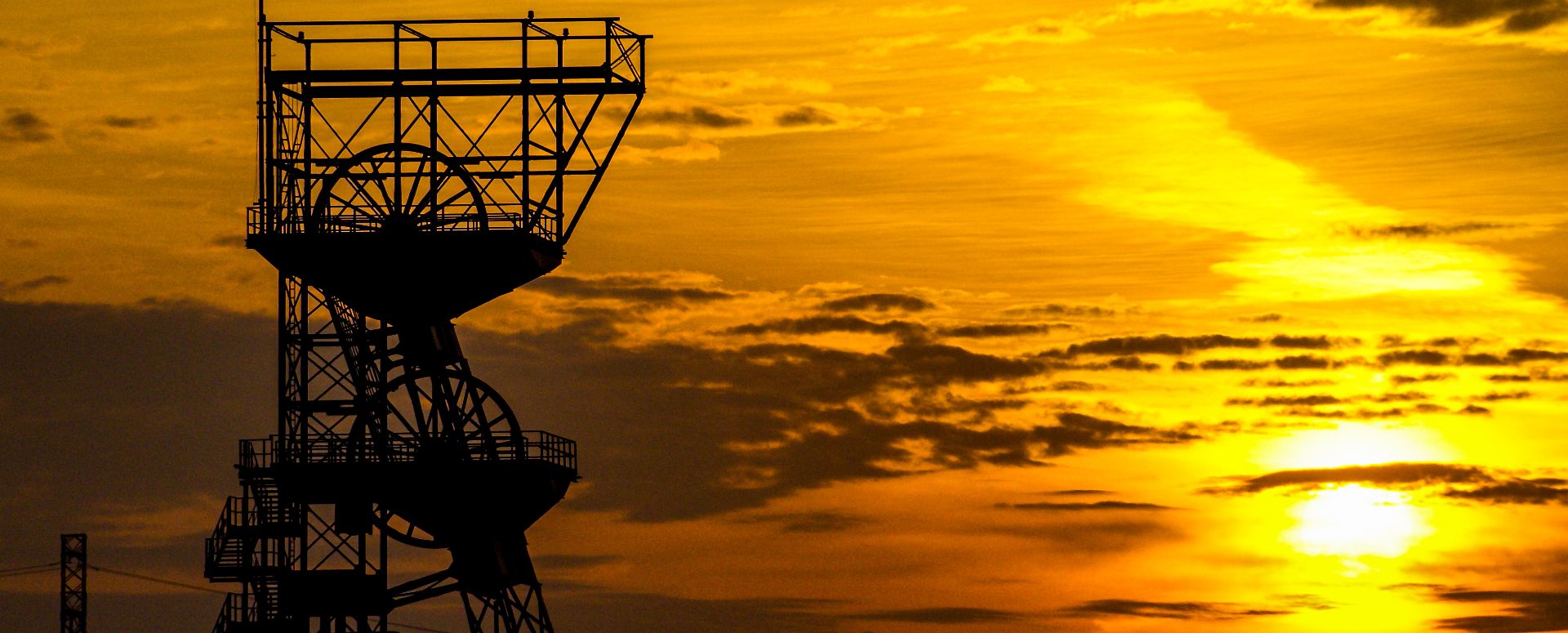
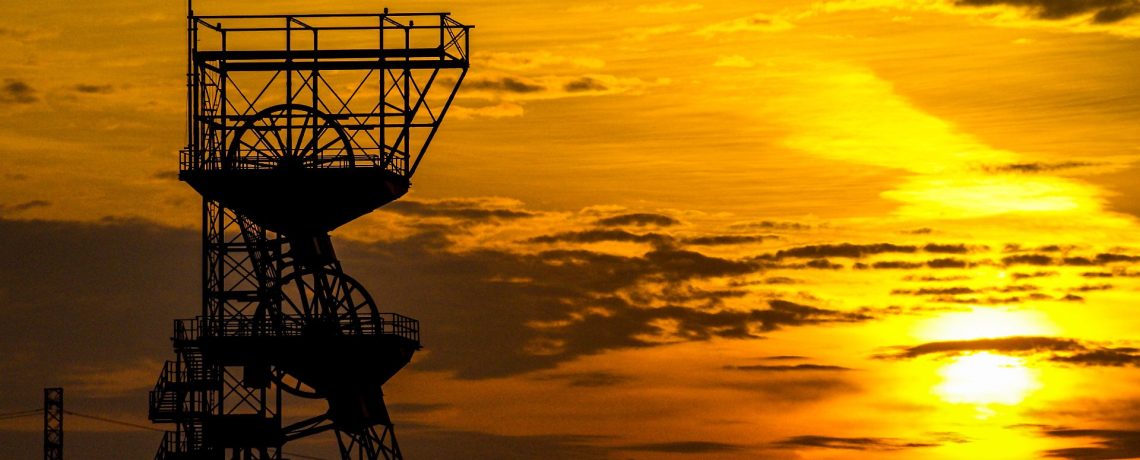
Material topic: Mining damage and land reclamation
In the areas where hard coal deposits are being mined, LW Bogdanka S.A. took a number of preventive measures and measures aimed at improving the existing situation during the reporting period. As part of the process of repairing mining damage, compensation was paid in 2024 to farmers for crop losses caused by flooding of arable land, damage to building structures was repaired, often with preventive measures, and the costs of adapting the structures of newly constructed buildings to the projected mining terrain categories were reimbursed. In situations where the negative effects of long-term mining operations made it difficult to live on a real property due to poor living conditions, and its sale on the free market was impossible, LW Bogdanka S.A. purchased it from the owner. Furthermore, numerous works were carried out in relation to the drainage of agricultural land, ongoing maintenance of the drainage system, construction of pumping stations and expansion tanks. Such activities are intended to be continued in the coming years. The expected outcome is a reduction of the Group’s negative impact in terms of mining damage and land reclamation.